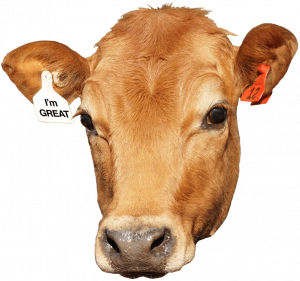MDM, a fair payment system.
While being easy to understand and calculate, flat rate weekly and weight gain contracts often create rewards and penalties at odds with the goal of growing healthy and productive dairy replacements.
Moving beyond traditional flat rate grazing; our Modeled Dry Matter (MDM) payment system is designed to better reflect the true economic drivers of New Zealand pasture grazing systems.
See MDM in action: Try our Online MDM Simulator
1. We calculate the energy requirement for each animal on each day of the grazing term.
We take into account genetics and age along with our regular records of actual weight and rate of weigh gain. Our energy requirement calculations are based on leading industry research, and have been verified by Dairy NZ. We express the energy requirements in kilograms of dry matter (kg DM) at the standard conversion of 11 MJ ME per kg DM.
2. We value the energy required in cents per kilogram of dry matter.
All energy requirements are valued at a base price; the MDM Base Rate. Adjustments are applied to the base rate to cover periods having special requirements; Daily energy requirements for animals under 267 days of age are multiplied by the MDM Juvenile Adjustment Rate. This adjustment reflects the higher feed quality required for young animals. Daily energy requirements during the months May, June, July, and August are multiplied by the MDM Winter Adjustment Rate. This adjustment reflects limited pasture supply during these months.
3. We calculate a target weight for each animal and apply a bonus or penalty based on performance.
We target 90% of mature weight at 22 months of age. Mature target weights can be based on either a breed average or individual breeding value for liveweight. Target weights during the grazing term are adjusted to reflect New Zealands seasonal feed availability. Animals on or above target generate a bonus increase to their MDM rate. Animals below 90% of their target weight have a penalty reduction to their MDM rate.
Why have we moved away from pricing grazing based on flat rate weekly and flat rate weight gain?
Flat rate agreements can be appropriate under some circumstances; flat rate weight gain is suitable for beef production where fast growth is key, flat rate weekly is suitable for maintaining mature animals and for short term grazing. We believe flat rate grazing is not suitable for growing, high value dairy replacements.
Flat rate weekly contracts reward overstocking and under performance.
Flat rate weekly and flat rate weight gain both overpay at early stages when animals are small and underpay at the end when animals have grown and maintenance requirements have significantly increased.
Flat rate weight gain overpays when feed is plentiful (spring) and underpays when feed is short (winter).







